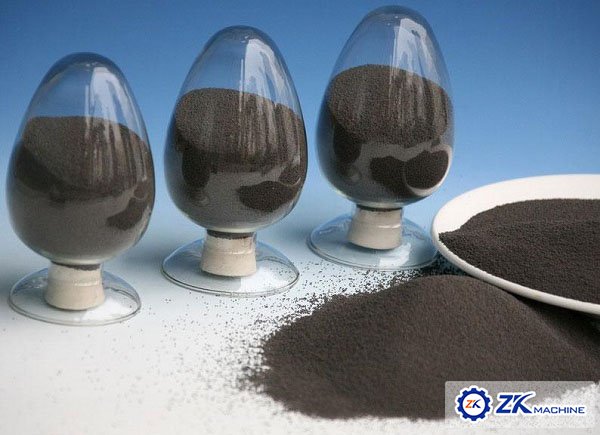Development Status of Sludge Clay Ceramsite Market
Date:2019-09-29 09:21:49
Author:admin
Views:
205
1. Introduction of ceramsite
Ceramsite is mainly composed of inorganic materials such as shale, clay, coal gangue and fly ash. It is granulated into pellets and fired at high temperature. Ceramsite is a silicate product with a certain strength and a bulk density of not more than 900kg/m3. Low density, light weight, low water absorption, good thermal insulation, shock resistance, frost resistance and corrosion resistance. It is widely used in construction, environmental protection, chemical and horticultural industries. In architectural applications, ceramsite is classified into ultra-light ceramsite, ordinary ceramsite and high-strength ceramsite according to the density grade. High-strength ceramsite can be used as a lightweight aggregate to load light-weight aggregate concrete or components, and ultra-light ceramsite to produce light aggregate concrete products for building insulation.
2. Process of ceramsite
Ceramsite firing mechanism: At high temperatures, the pellets melt, producing a suitable viscosity and surface tension, while a chemical reaction occurs internally to release the gas, which acts on the molten liquid phase to cause pores to swell. After cooling, the surface is a dense and hard glaze layer, and the inside is a closed porous structure.
Two conditions for ceramsite expansion: 1) The molten liquid phase has a suitable viscosity and surface tension at the expansion temperature; 2) At the same time, a sufficient amount of gas can be produced. The main phase composition of the sludge is clay minerals and organic matter. The clay mineral is the main mineral component of the fired ceramsite, and the organic matter generates a large amount of gas when it is burned.
3. Development of sludge ceramsite
The development of sludge ceramsite has gone through two phases:
(1) Basic theoretical research
This stage is mainly undertaken by the environmental engineering major of colleges and universities. The content is mainly the swelling mechanism of the sludge ceramsite, the proportioning test, the firing system, and the product performance. The research at this stage basically formed the basic theoretical system of adding ceramsite to the sludge, and reached the following conclusions:
(a) The main components of the sludge are oxides and organic substances such as SiO2 and Al2O3, and SiO2 and Al2O3 together with the base material are sintered to form a structural skeleton to provide strength. The organic matter decomposes during the firing process to generate gas, which promotes the expansion of the ceramsite, which is beneficial to reduce the density of the ceramsite.
(b) The calcination temperature of ceramsite is generally around 1200 °C, the organic matter in the sludge is completely decomposed, pathogenic bacteria, parasites and the like are killed by high temperature, and harmful heavy metals are melted in the ceramsite at high temperature. The leaching toxicity meets the requirements of the standard values for the control of heavy metal pollutants in agricultural land in the Soil Environmental Quality Standard. The sludge is disposed of thoroughly, is harmless to the environment, and does not affect the performance of the ceramsite product.
(2) The technology of ceramsite production technology has further systematically studied the process and equipment of raw material pretreatment technology, deodorization technology, proportioning technology, firing technology and flue gas treatment technology of high sodium-reducing sludge ceramsite.
The research of these two stages basically formed the theoretical system of the production technology of the basic theory system for the production of ceramsite by blending sludge, which was gradually popularized and applied in the industry.

